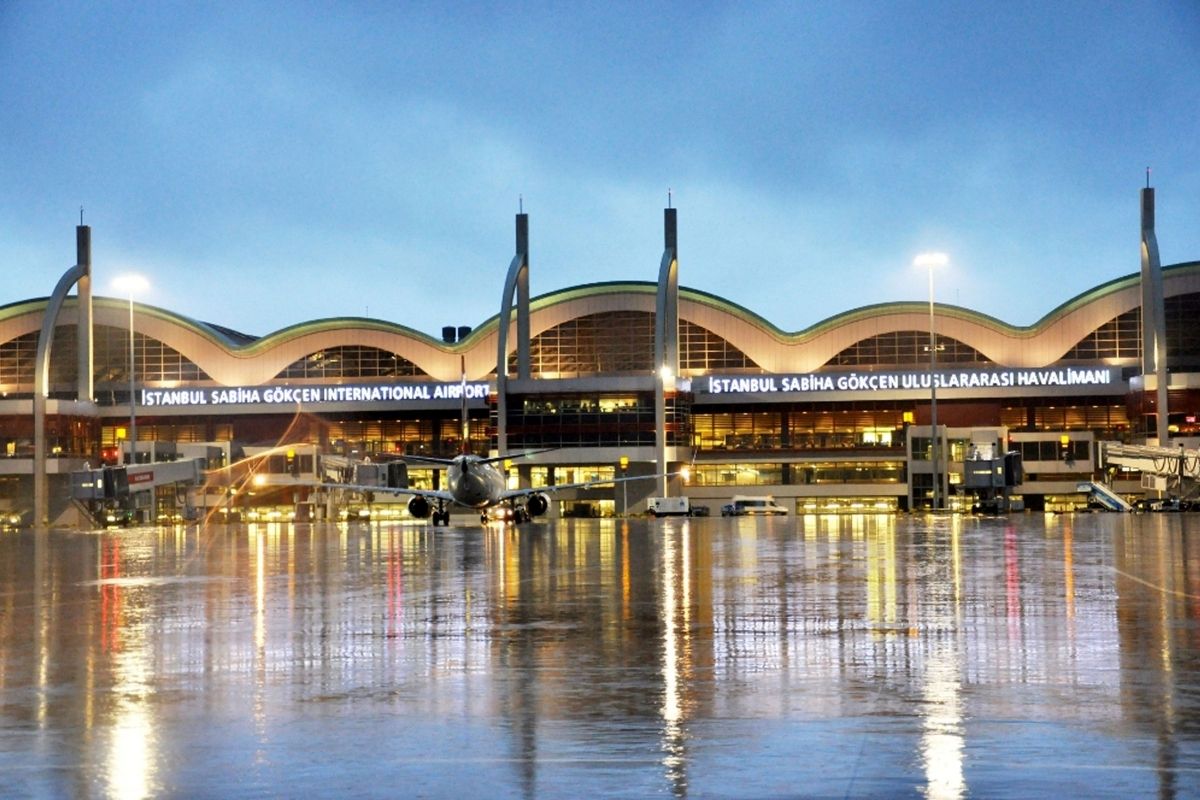Car Rental and Extra Personal Items: The Best Vehicles for Your Luggage

1. Pay Attention to Luggage Capacity
When renting a car, the first thing to consider is the luggage capacity. If you are traveling alone and only have a few small bags, a compact sedan or hatchback will likely be enough. However, if you are traveling with family or in a group, you may need a vehicle with a larger trunk space.
Different car types and luggage capacities:
- Economy Class (Small Sedan, Hatchback): Generally holds 2-3 large suitcases and a few smaller bags.
- Mid-Size (SUV, Midsize Sedan): Offers more trunk space, comfortably fitting 3-4 suitcases.
- Full-Size (Minivan, Full-Size SUV): Ideal for 5-6 suitcases and extra items. Perfect for family trips or group travel.
2. Consider Extra Space in the Back Seat
Besides the trunk space, extra room in the back seat can be essential for your comfort during long journeys. If you’re traveling with children or need more space for additional belongings, it’s wise to choose a vehicle with a spacious interior.
Larger vehicles (minivans, crossovers, and SUVs) typically provide more flexibility and space in the back seat.
3. Choose the Right Car Type for Your Needs
The type of car you choose will vary depending on your needs. If you require more luggage and seating space, minivans and large SUVs are excellent choices. However, if you're only traveling short distances in the city and only need to carry a few small items, a hatchback or small sedan should be sufficient.
Recommended car types based on your needs:
- For fun, short trips: Hatchback or compact sedan.
- For family travel: SUV or minivan.
- For business trips: Sedan or premium cars for comfort and style.
4. Insurance and Coverage Options
Insurance is one of the most important factors when renting a car. Most car rental companies provide basic insurance as part of the rental cost, but this typically covers only limited situations. Additional coverage options you may consider include:
- Collision Damage Waiver (CDW): Covers damage or theft of the car.
- Liability Insurance: Covers damages to other vehicles or property.
- Theft Protection (TP): Covers theft of the vehicle.
- Full Insurance: Covers a wider range of potential issues during the rental period.
5. Pick-Up and Drop-Off Process
When picking up the car, there are a few things to check to avoid any issues:
- Inspect the car: Check the exterior and interior for any damages. If you notice any, notify the company and make sure it is documented.
- Fuel level: Most rental companies require you to return the car with the same fuel level as when you received it. Check the fuel level before returning the car.
- Odometer: Make sure to note the mileage on the odometer to avoid any misunderstandings regarding usage.
- Review the insurance: Go over the terms of the insurance once more to ensure you have the necessary coverage and ask about additional options if needed.
6. Driving and Traffic Rules
When renting a car, it’s crucial to comply with the local driving regulations in the country or area you’re traveling in. Be sure to familiarize yourself with local rules before getting behind the wheel, including:
- Parking rules: Be mindful of parking regulations to avoid fines or penalties. Watch for restricted zones and specific parking rules.
- Speed limits: Adhere to speed limits to drive safely and avoid fines.
- Local traffic signs: Learn the meaning of traffic signs and signals in the area you will be driving.
7. Returning the Car and Billing
When returning the car, the rental company may charge you additional fees for any damages or extended rental time. Be sure to inspect the vehicle thoroughly before returning it. Additionally, check for any potential extra charges.










